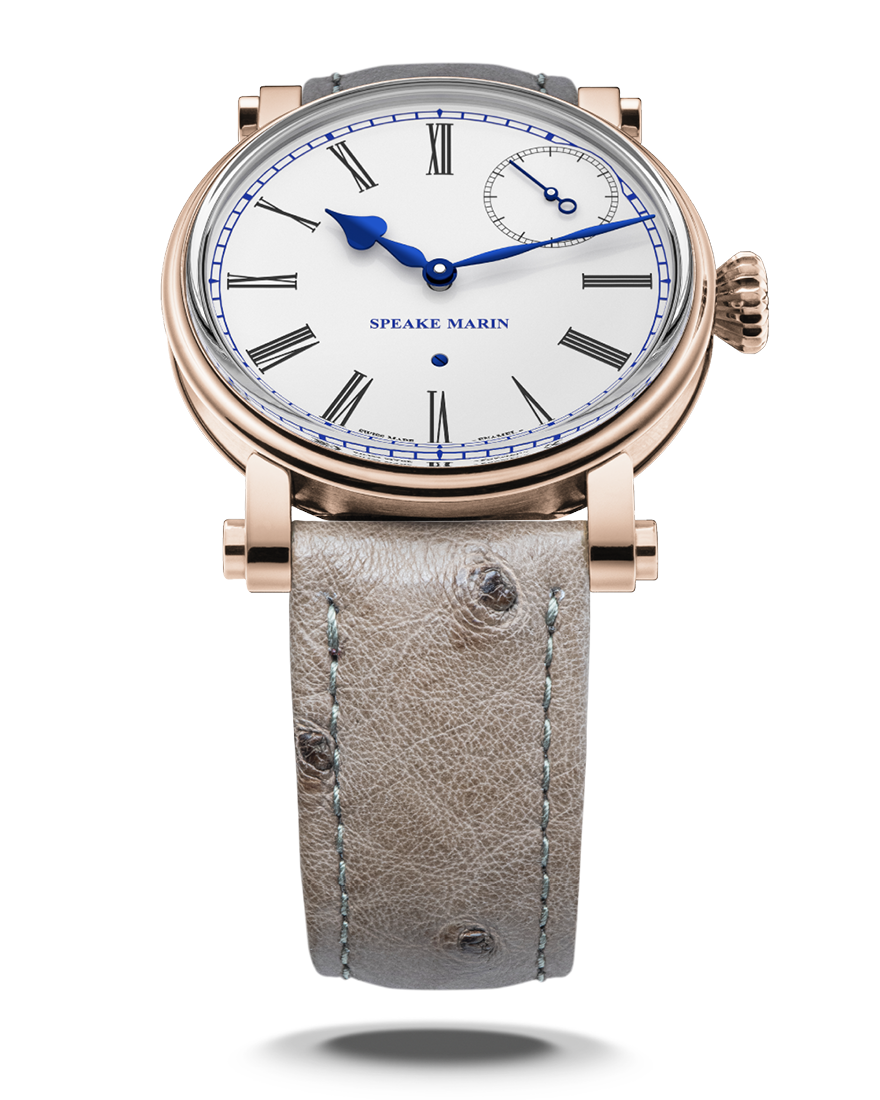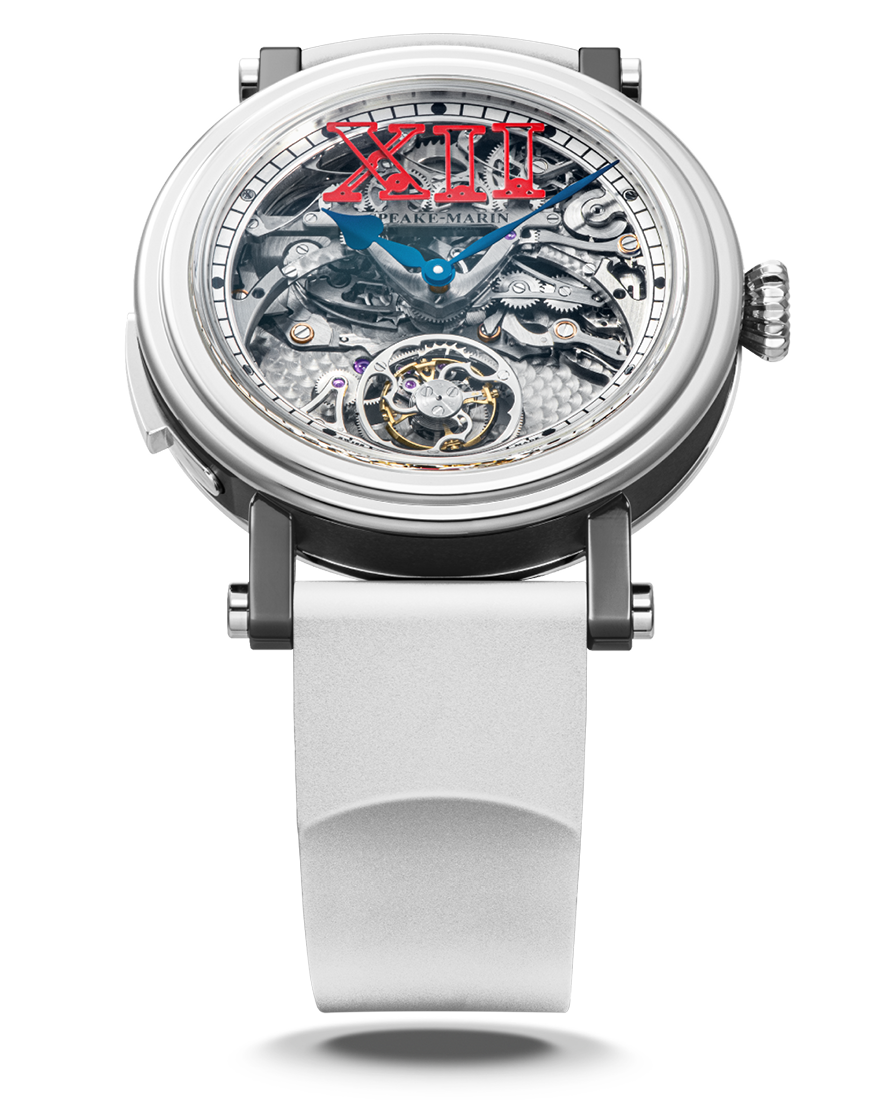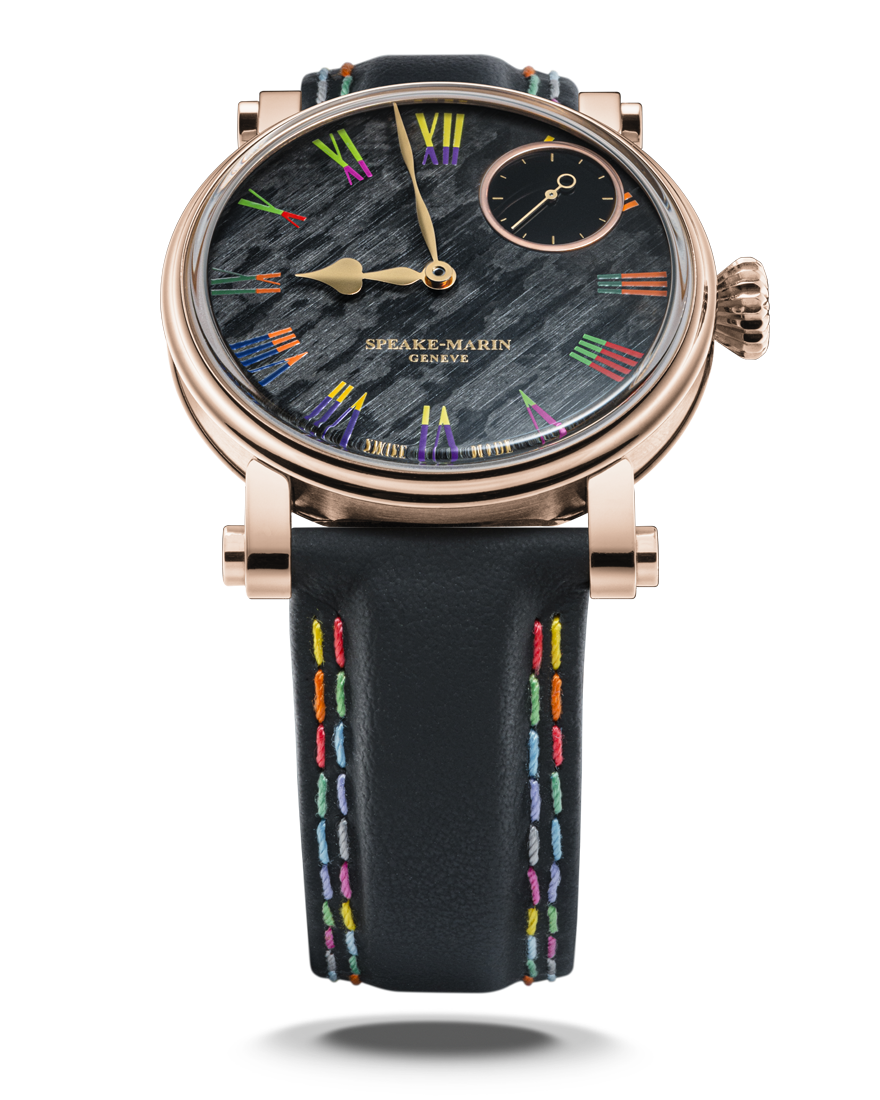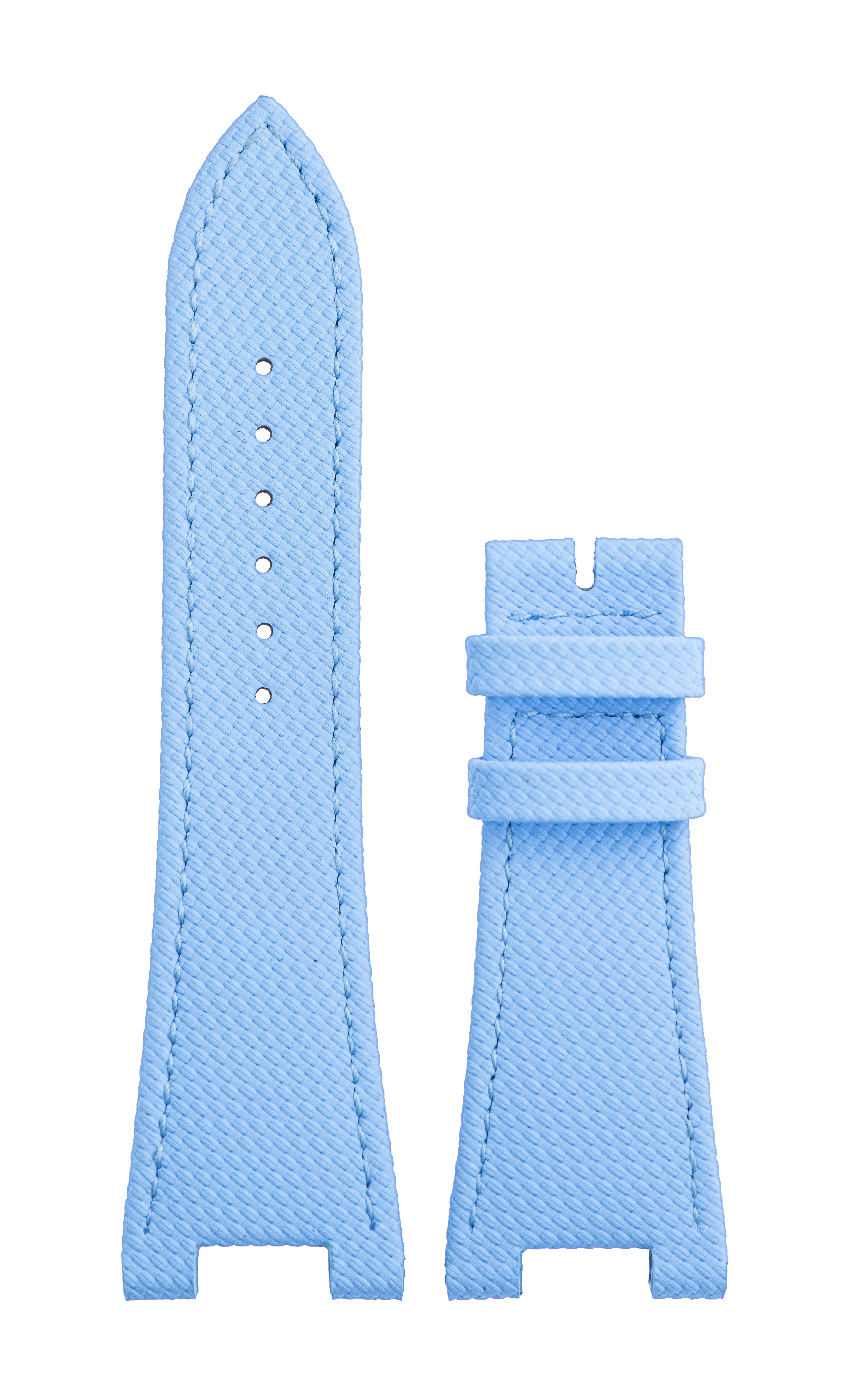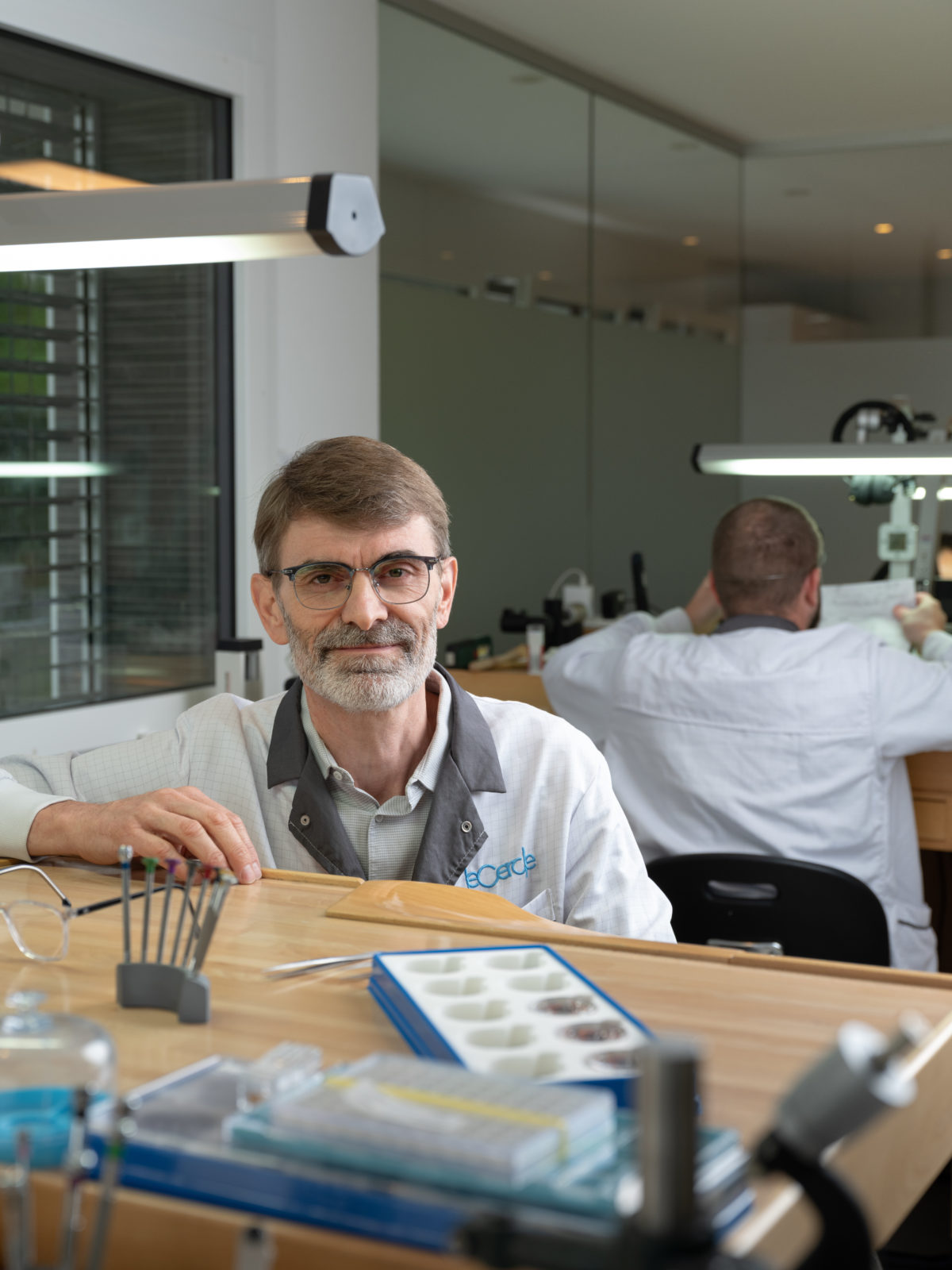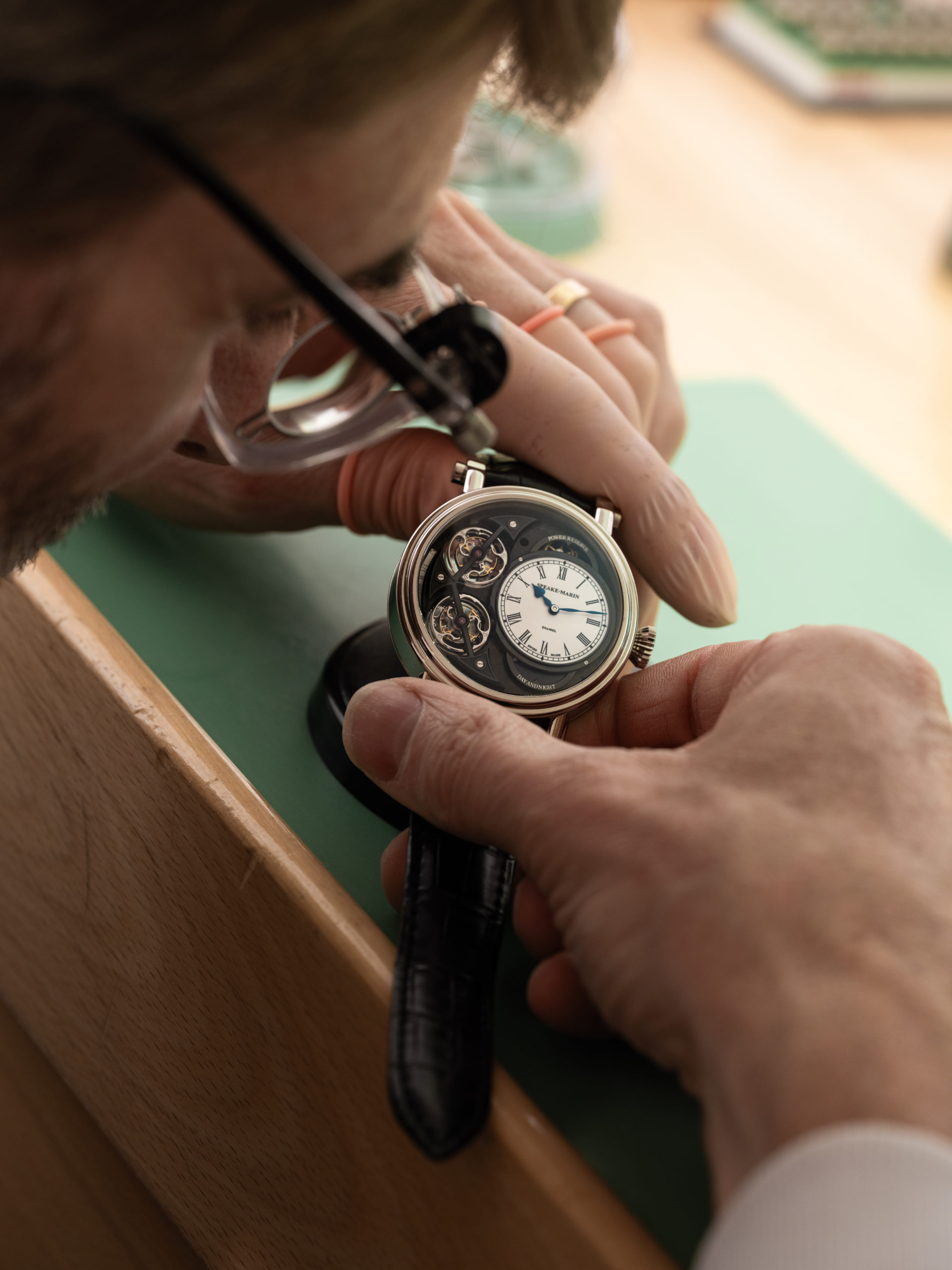
Nicolas Larcher, head of production for grand complications at the Cercle des Horlogers is a master technician who sees the human factor in watchmaking and believes it is the soul that keeps our industry alive. “A watch is not just a mechanism,” he says. “It’s a piece of life – and humanity – that keeps time.” Below, he tells us how he got into watchmaking, what hooked him, and his plan for keeping the passion alive for generations to come
Someone asked me recently how I feel when a grand complication comes to life for the first time. It’s a good question, because I think my reaction is the same for all the watchmakers in our atelier. It’s emotional. A part of your life goes into that watch. Weeks of patience, observation, and effort, and suddenly, it’s alive. When clients visit the workshop and see that, they’re often just as moved. Knowing that someone will wear one of our complications and appreciate the human effort behind it is deeply rewarding.
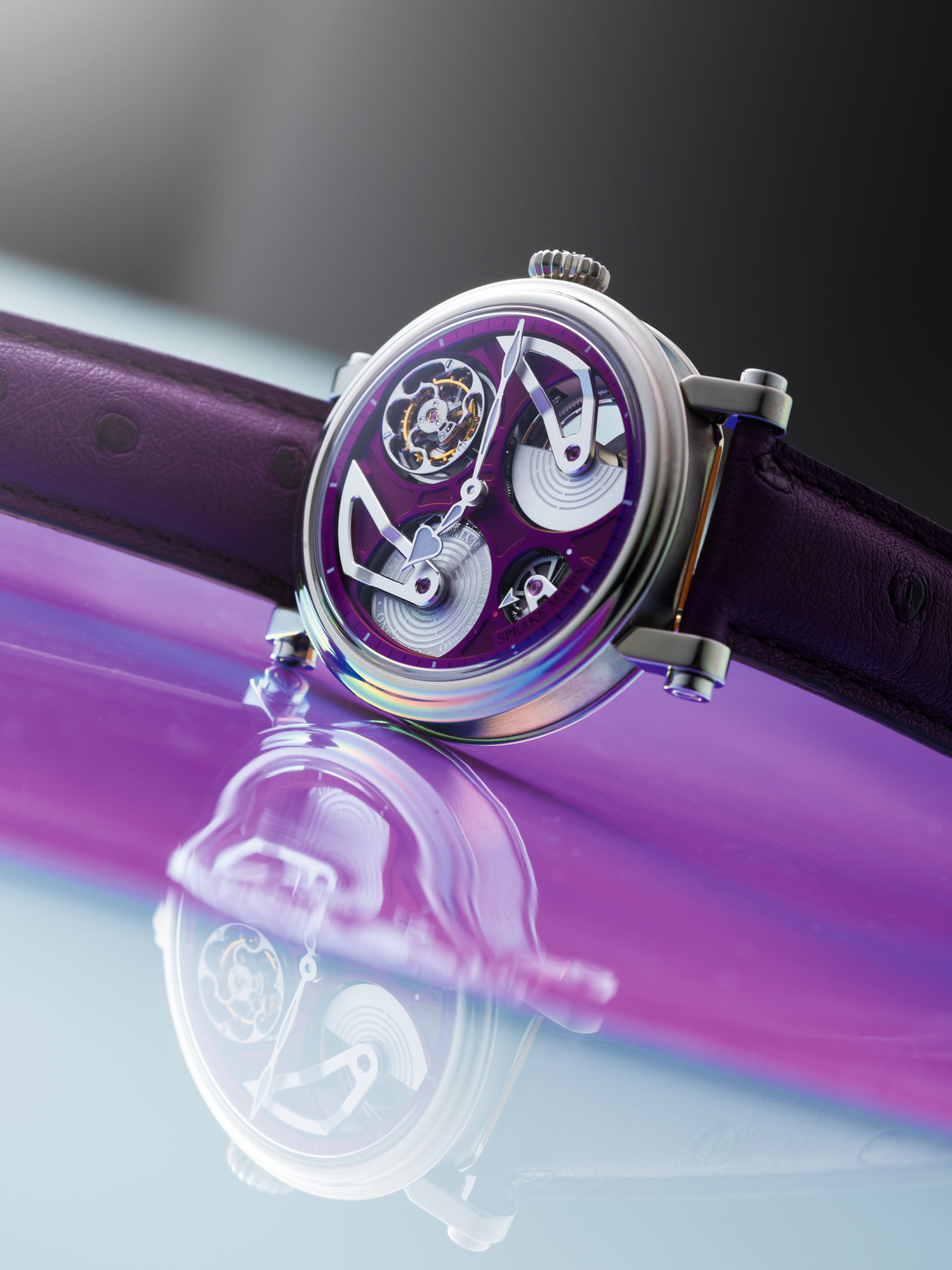
Watchmaking is my second career. For about 10 years, I worked in industrial sales – selling maintenance contracts, overhead cranes, bearings… you name it. After a while, I was frustrated because I wasn’t using my hands. I’ve always been drawn to manual work, so I decided to completely change careers. I enrolled in a one-year adult retraining course in watchmaking. The field fascinated me – the technical precision, the patience and dexterity it demanded, and its historical and aesthetic depth. Watchmaking is directly connected to the evolution of science and culture. That was 20 years ago, and I’ve never looked back.
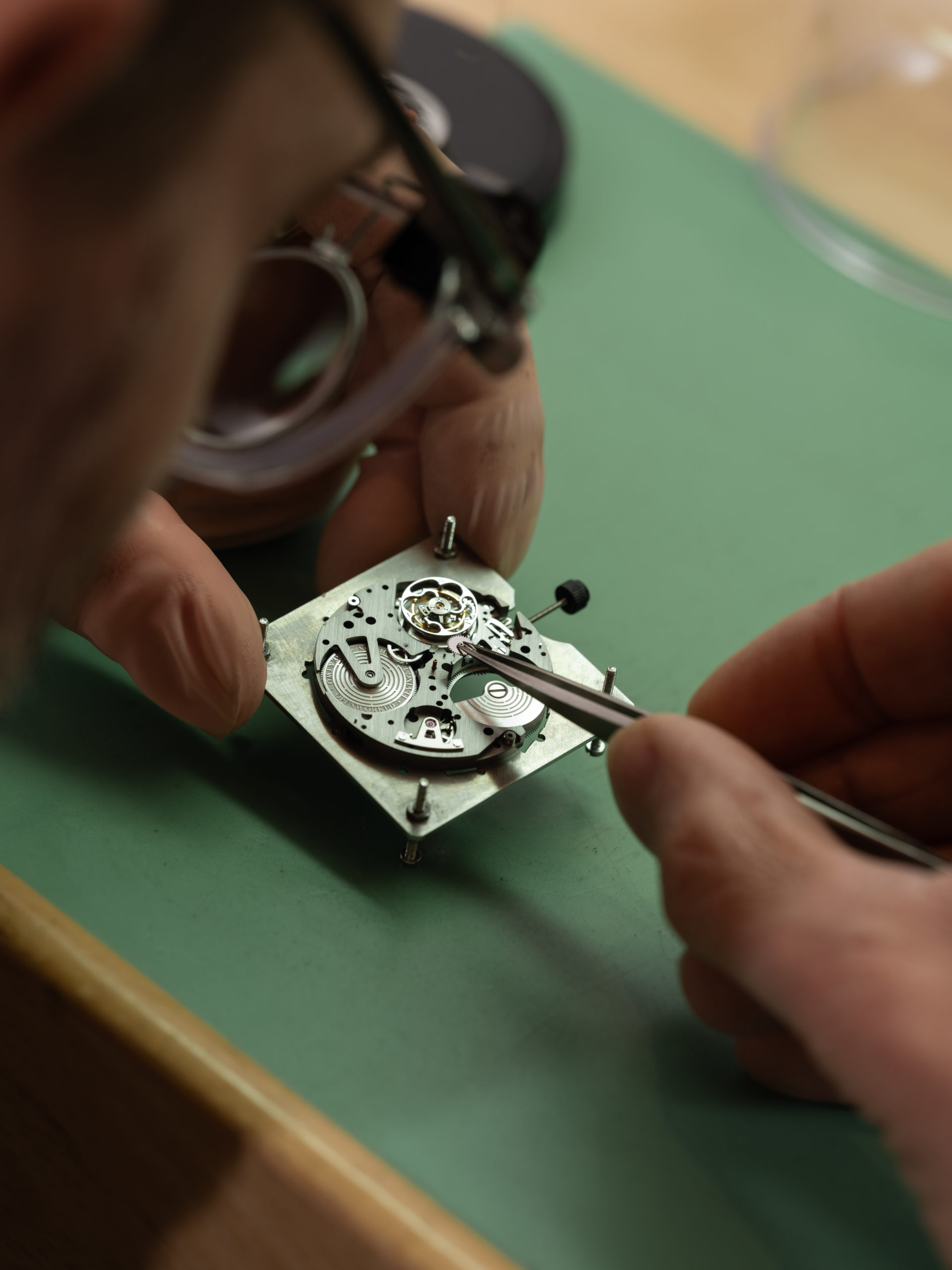
Mechanical and Poetic
I did an internship with a company that made only high-complication movements. They offered me a job right away, and I started working on tourbillons and perpetual calendars from day one. I’ll never forget the first time I worked on a tourbillon. Assembling one requires absolute precision, and it’s unforgiving work, but when you finally get to wind the crown and see it come to life, it feels almost magical. You feel like you’ve created something mechanical and poetic all at once.
In the early days, I worked closely with an older master watchmaker who had already retired from the bench but had immense experience. For about a year and a half, I visited him regularly — half a day each week, sometimes more — and he taught me everything he knew. Coming from just a year of training, I didn’t know much about grand complications, and he truly shaped my approach to the craft. He was a guide in every sense of the word.
I keep that in mind today as head of production for a grand complications workshop. I think it’s essential to be a mentor. This is a change from the old days of craft secrecy. In the past, watchmakers competed for productivity and commissions, so they kept their tricks to themselves. That’s changed now. Experienced watchmakers realize how urgent it is to pass knowledge on or we risk losing it forever.
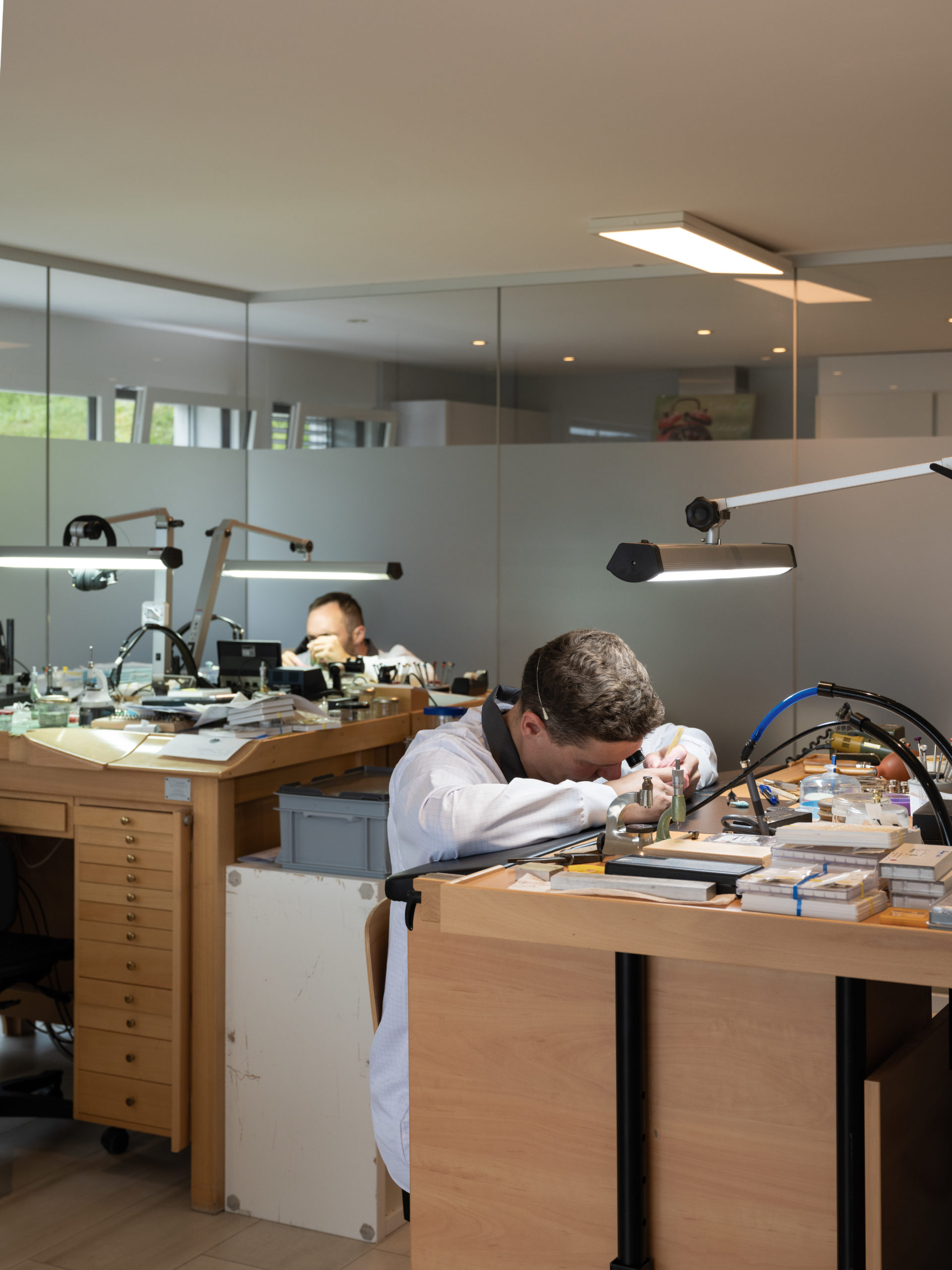
Scouting For The Spark
It’s getting harder to find people with that spark, that genuine fascination for mechanics, perhaps because fewer young people work with their hands these days. When we find someone with curiosity and potential, we invest in them. Diplomas don’t matter; attitude does. What counts is being receptive and eager to learn. In our workshop, we’re all beginners in something, and each person has strengths to share. The real danger is thinking you’ve learned everything – that’s when you stop growing. In watchmaking, you have to be a sponge: observe, listen, absorb. Even someone with less experience might teach you something valuable if you stay open.
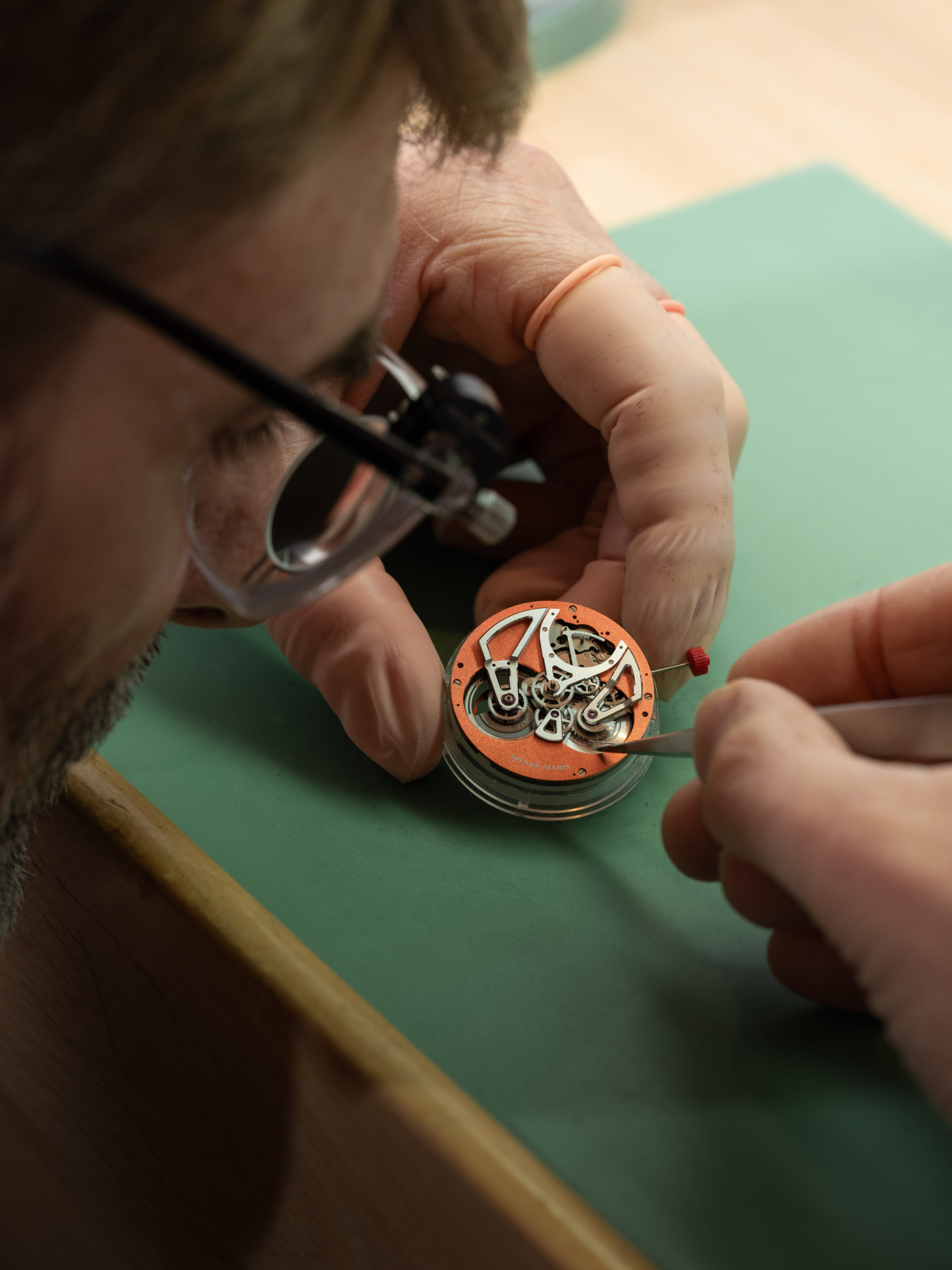
There are certain qualities it takes to excel in the field of watchmaking: patience, of course, but also what I call watchmaker’s common sense. It’s that intuitive mechanical understanding that tells you how parts behave, how forces interact. You don’t need a PhD in engineering. You need to observe. Spend time under the microscope. Watch how components interact. Often, the root of a problem isn’t where you think it is. Observation and intuition are just as vital as technical skill.
Although my role is to ensure a level of technical excellence in our workshop, I also think it’s important to respect the human aspect of watchmaking. I am both a technician and a leader, and it’s my job to make sure the workshop doesn’t become an overly stressful place. The work can be mentally demanding, so you need to create a positive, united environment. Watchmakers are passionate people. They want to do things right. I make sure they can work with focus, patience, and pride. I try to meet production goals while ensuring the team feels supported. You can’t assemble a minute repeater under pressure; it requires calm and precision. So my role is to keep that balance between human and technical performance.
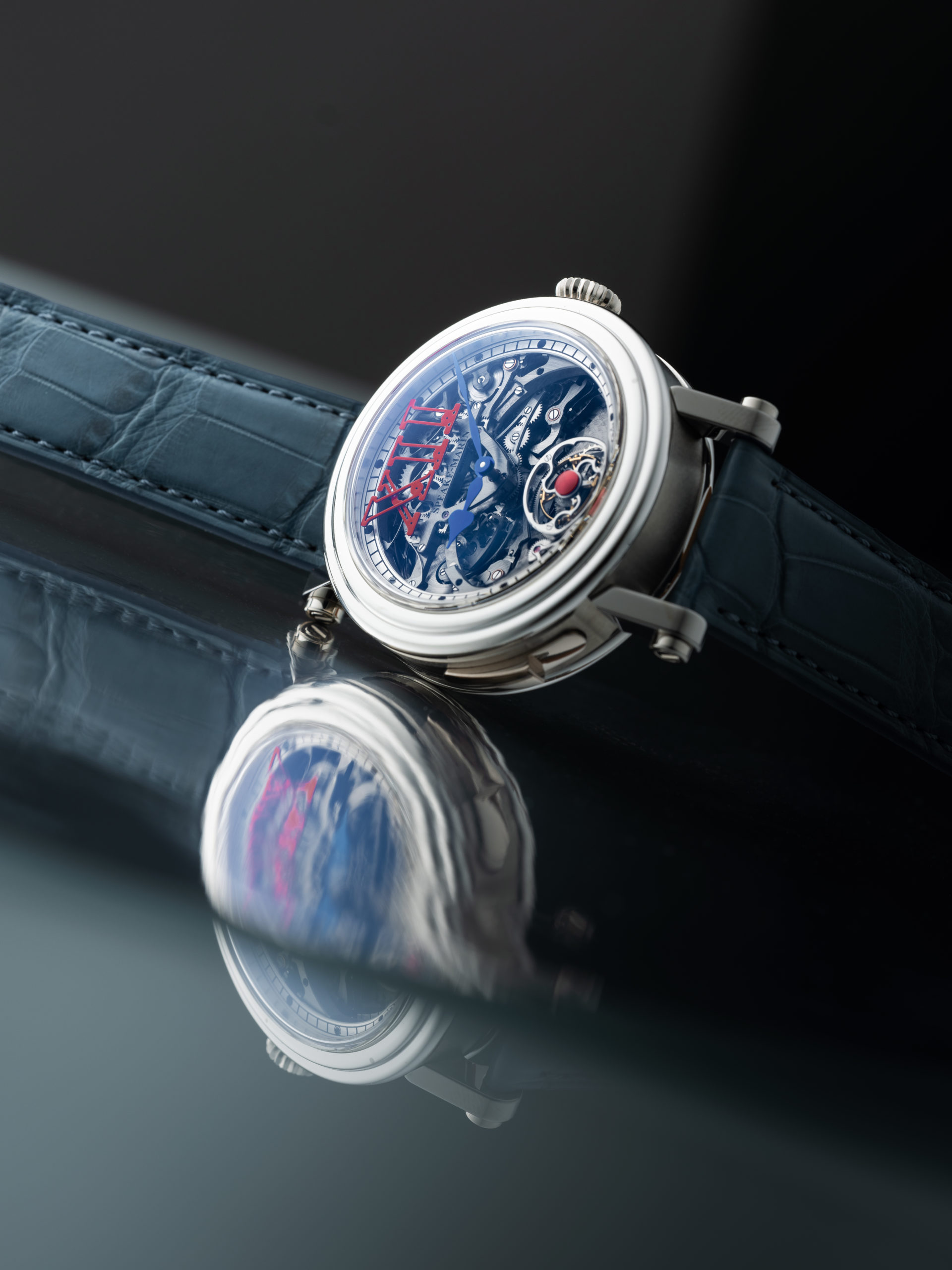
Keeping The Spark Alive
Grand complications continue to fascinate people today, even with smartwatches everywhere because they’re completely different worlds. Smartwatches are tools; grand complications are art. People might own both, but for entirely different reasons. Mechanical watchmaking fascinates because it’s human, tactile, and emotional. And thanks to social media, more people now understand what goes into it – the craftsmanship that no machine can replicate. Independent watchmakers are also reigniting passion. I heard a story of one who gifted his school watch to a collector who owned all his pieces. The collector was moved to tears. That kind of emotion keeps our world alive.
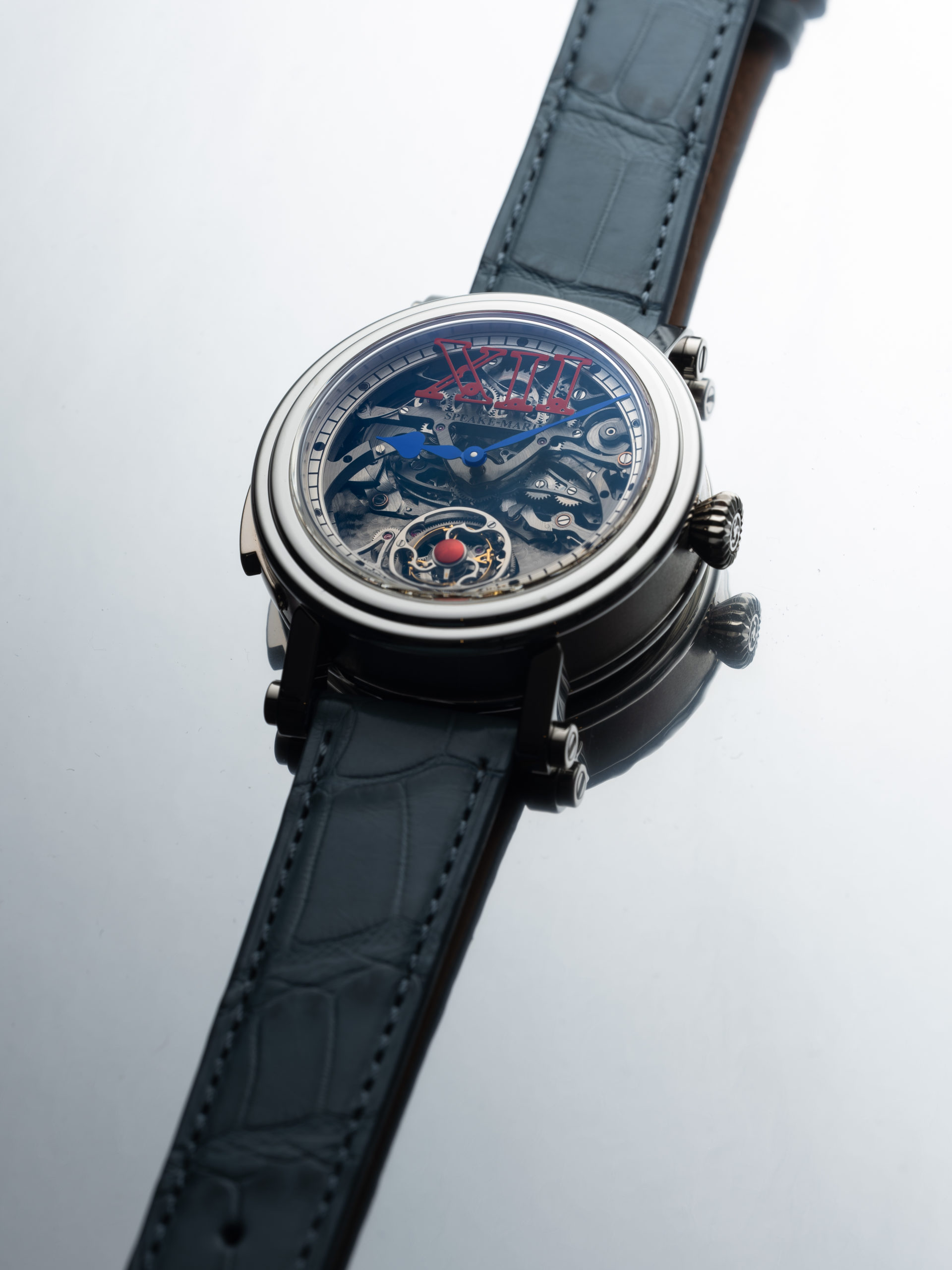
For me, the two most beautiful complications are the minute repeater and the perpetual calendar. A minute repeater is like conducting a symphony of springs and levers, adjusting rhythm, tone, and harmony across hundreds of components. It takes three to five weeks of bench work to assemble one, depending on the complexity. The perpetual calendar is just as poetic: imagine a wheel inside that takes four years to make a full rotation. It’s a small miracle of precision inside something you wear on your wrist. One of my first major projects was an instantaneous perpetual calendar. It was a huge challenge, but we succeeded. That one holds a special place in my memory.
Looking Ahead
Watchmaking today is a balancing act between craftsmanship and modern innovation. We must honor the past while embracing technology, including new materials, coatings, high-speed cameras, digital tools. For instance, slow-motion footage shows us how a chronograph hand behaves when it resets, something usually invisible to the naked eye. This helps us improve precision. But don’t forget tradition: my favorite watchmaking tool is the brucelles, the tweezers. Watch a seasoned watchmaker at the bench and you’ll see how their tweezers move as naturally as their fingers. It becomes an extension of the hand, almost like a dancer’s movement. Tradition and innovation aren’t opposites. They feed each other.
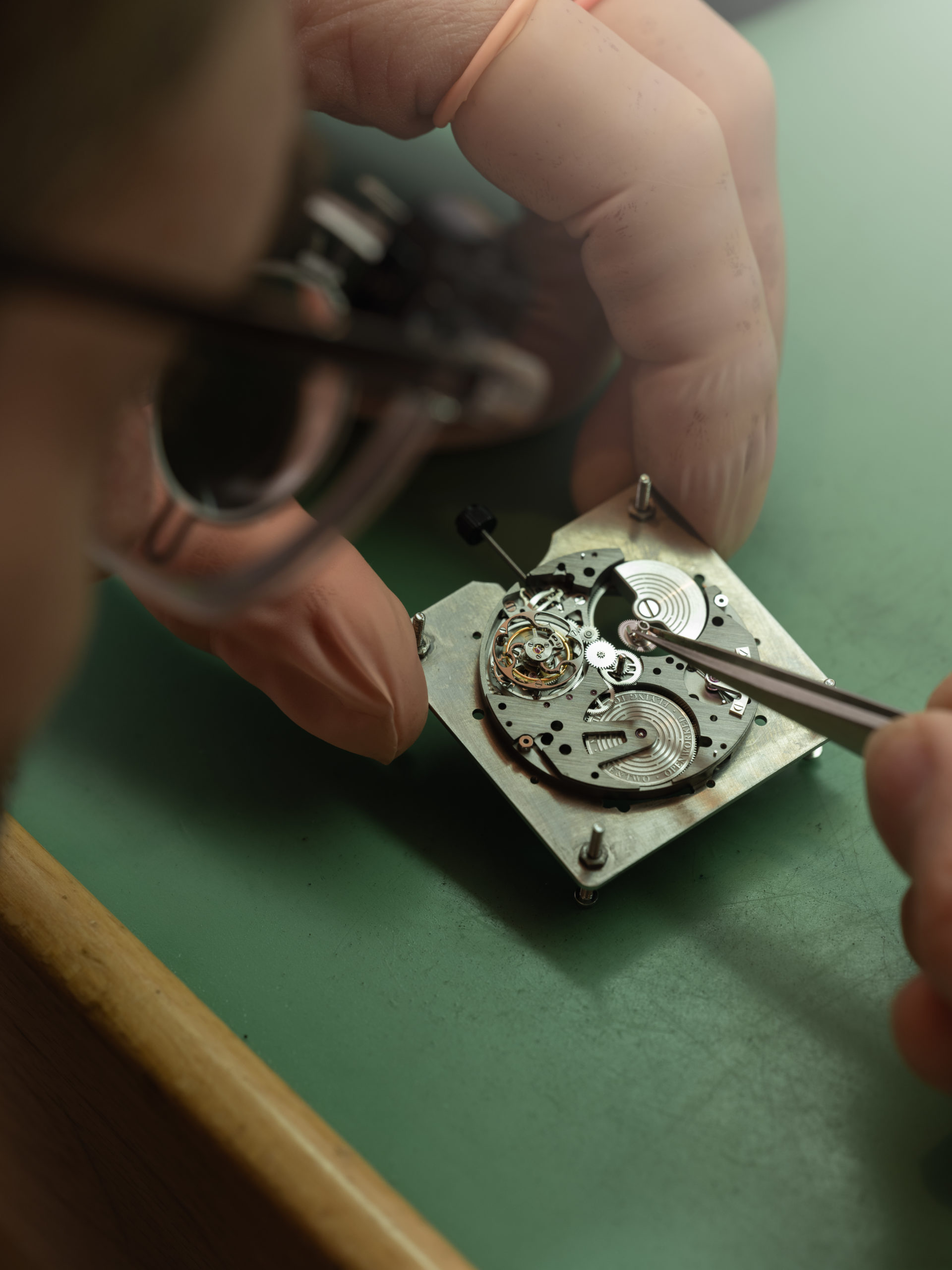
The best challenges in watchmaking are still to come. There’s always more to create, more to understand. I still have many exciting years ahead, and I’m lucky to be in a place that encourages innovation. This is the perfect nest for it.

